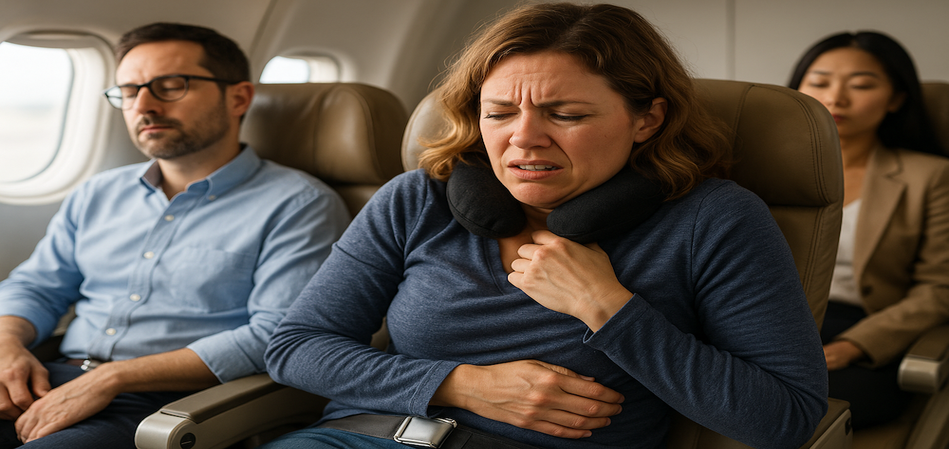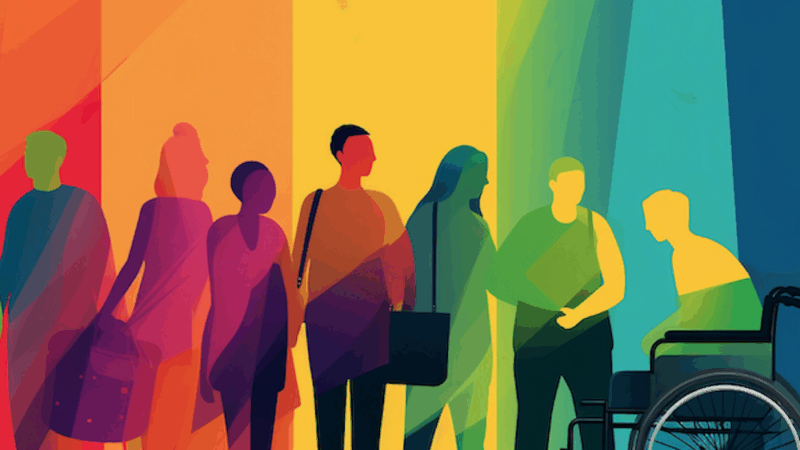Keeping attendees fresh on ultra-long flights to the world’s top meeting cities
According to the most recent ranking from the International Congress and Convention Association (ICCA), the top global cities for international congresses includes a lineup of must-visit destinations for U.S.-based meeting and event planners: Vienna, Lisbon, Singapore, Barcelona, Prague, Paris, Seoul, Bangkok, Rome, and Athens.
But getting there is no small feat. For attendees traveling from American Airlines hub cities, the longest estimated flight times to each destination can be daunting:
Vienna – Dallas/Fort Worth (DFW): 12 hr 25 min (1-stop)
Lisbon – Phoenix (PHX): 12 hr 15 min (1-stop)
Singapore – Miami (MIA): 23 hr 30 min (1-stop)
Barcelona – Los Angeles (LAX): 12 hr 30 min (nonstop/seasonal or 1-stop)
Prague – Phoenix (PHX): 13 hr 05 min (1-stop)
Paris – Phoenix (PHX): 11 hr 30 min (1-stop)
Seoul – Miami (MIA): 17 hr 50 min (1-stop)
Bangkok – Miami (MIA): 22 hr 45 min (2-stops common)
Rome – Phoenix (PHX): 12 hr 15 min (1-stop)
Athens – Phoenix (PHX): 13 hr 15 min (1-stop)
For planners sending incentive winners, board members, or association delegations abroad, these marathon journeys present a real challenge: how to get attendees to their destination alert, composed, and event-ready after what can be a day or more of travel.
Whether your attendees are flying solo in economy or together in business class pods, long-haul travel can mean battling jet lag, dehydration, stiff muscles, and mental fatigue—all of which can derail the first day of programming. That’s why integrating wellness and productivity guidance into pre-trip communications isn’t just a courtesy—it’s a strategic move to protect your event ROI.
In-Flight Wellness & Productivity Strategies for Attendees
Hydrate and move. Hours in a dry cabin can sap energy fast. Encourage attendees to drink water regularly (skip excess alcohol and coffee) and get up every couple of hours for a walk or stretch. Even a quick lap down the aisle or seated ankle rolls can keep circulation flowing and prevent stiffness.
Adjust for jet lag before takeoff. If possible, travelers should start shifting their sleep schedule a few days ahead to align with the destination time zone. This small adjustment can make a big difference in reducing jet lag’s punch.
Create a sleep-friendly seat. In economy, this means packing a neck pillow, eye mask, and noise-canceling headphones or earplugs. In business class, even with lie-flat seats, light-blocking masks and comfortable clothing can help ensure deep rest.
Plan for purposeful productivity. Not everyone will sleep through a 15+ hour flight, so encourage travelers to pre-download reading materials, presentations, or podcasts. Long flights can be the perfect time to review agendas, fine-tune speeches, or get ahead on low-pressure work—just balance work sessions with breaks to rest eyes and mind.
Freshen up before landing. A quick trip to the lavatory in the final hour to brush teeth, wash face, and change into fresh clothes can work wonders. Travel-size toiletries—face wipes, mints, and lotion—can help travelers step off the plane looking composed.
How Planners Can Deliver This Guidance
Even the best travel tips won’t help if attendees never see them. Planners can increase uptake by integrating travel wellness guidance into the event’s pre-trip communication strategy:
Dedicated Travel Prep Page on the Event Website – Include a “Your Flight Survival Guide” section with downloadable PDFs and packing checklists.
Countdown Emails or App Push Notifications – Send short, timed tips in the two weeks leading up to departure (“Today’s Tip: Shift bedtime 30 minutes earlier to start syncing with Paris time”).
Social Media Content – Share bite-sized travel hacks on LinkedIn, Instagram, or a private event group—especially effective for incentive winners and engaged teams.
Short Pre-Event Video – A 2–3 minute clip with an event host, wellness coach, or even a past attendee sharing their go-to long-haul travel hacks.
Pre-Event Swag That Supports the Journey – Instead of generic branded merch, offer items attendees can actually use in-flight: a quality neck pillow, collapsible water bottle, compression socks, or a compact travel blanket. Present them in a “Bon Voyage Kit” that doubles as a welcome gesture.
By packaging this advice in multiple formats and delivering it at different touchpoints—website, email, social, and tangible pre-travel gifts—you not only prepare attendees physically and mentally, but also show you’ve considered their full journey, not just the hours they’ll spend at the event.
With ICCA’s top-ranked cities often requiring 12, 15, or even 23 hours in transit from U.S. hubs, managing the attendee travel experience is as important as managing the event program itself. For planners, the message is clear: help your attendees travel well, and they’ll arrive ready to engage, network, and make the most of your event.
Any thoughts, opinions, or news? Please share them with me at vince@meetingsevents.com.
Image generated by AI using OpenAI’s DALL·E





